
OR
Keeping your hands and feet warm in winter
Published On: January 3, 2020 10:51 AM NPT By: The Week Bureau
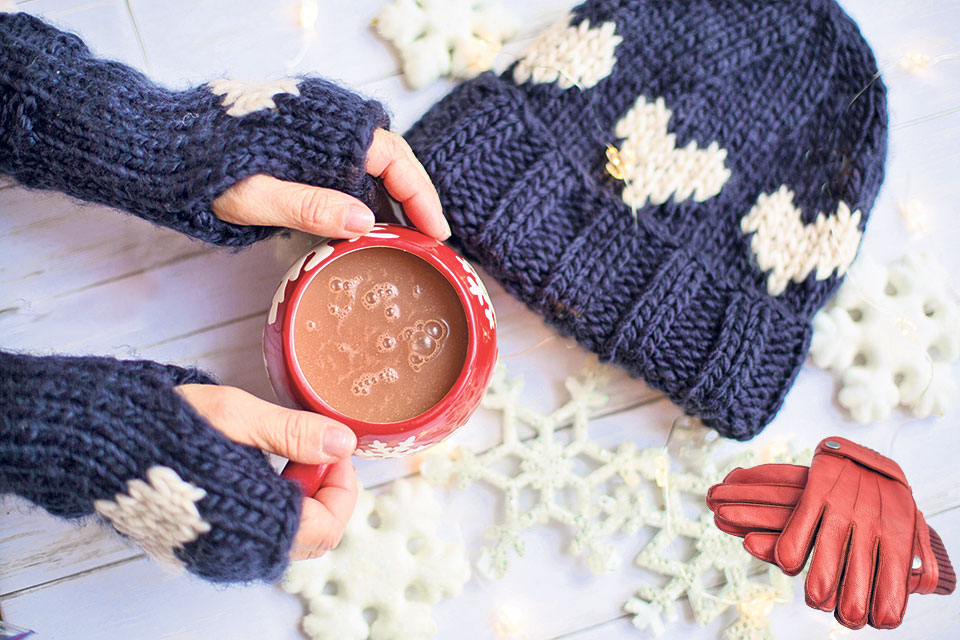
Winter is here and the months of December and January are the worst months ever in terms of cold. And this year, the weather seems to have gotten worse. While we might wrap ourselves in layers of heavy clothes, it’s often difficult to keep our hands and feet warm.
The reason our hands and feet get cold in the winter (than other parts of the body) is because our body prioritizes keeping our vital organs like our heart and lungs warm which leads to a reduction of blood flow to the extremities. Even though our internal body prioritizes other organs over our hands and feet, we can help keep them warm externally. Here are a few tips you can use to keep your hands and feet warm this winter.
Eat heart-healthy food
A great way to warm up the extremities like hands and feet is to boost circulation and you can do that by eating food that boosts your heart health. We should try to incorporate heart healthy foods like fatty fish, nuts, olive oil, and fruits and veggies into our diet. These foods work wonders for your circulation, which is essential for adequate blood flow and temperature regulation. Circulation boosting foods include salmon, bananas, dark chocolate, and Brussels sprouts. A Mediterranean diet is considered best when it comes to increasing blood circulation and keeping warm as it gives high priority to the consumption of vegetables and olive oil and includes moderate consumption of protein.
Sleep with socks on
The internet is full of debate about people who wear socks to bed versus those who don’t. But in case of winter, wearing socks to bed is a no-brainer. Even the healthiest person may need some assistance on a cold winter night. According to sleep.org, “Heating cold feet causes vasodilation—dilation of the blood vessels—which may tell the brain that it is bedtime. After the blood vessels open in the hands and feet, heat is redistributed throughout the body to prepare for sleep”. Along with keeping you warm, it literally tells your body to sleep. Traditional Chinese medicine also backs up this wear-socks-to-bed concept, specifically focusing on its ability to enhance circulation. It says that cold feet can drain the energy of the body and can obstruct the flow of vital energy and blood in the body. And wearing warm wooly socks can allow that flow.
Wear the right kind of gloves
For most of us, our hands are the part of our body that gets hit with the cold wind and water the most. As we have to move our hands so much, typical woolen gloves tend to be thick and can making grabbing stuff, driving, writing, etc. difficult. Similarly, there are fashionable gloves that put form before the function which are unable to keep our hands from freezing. While these gloves have their own places, for typical daily use, a heavyweight/lightweight wool tech gloves might be the best alternative. Also known as liners, they are great for everyday use because they are never too bulky and still give you some flexibility. They are warm and the wool really helps with temperature regulation while the leather palm makes sure you can still get a good grip onto things like the steering wheel, your coffee cup, etc.
Give your hands and feet a massage
One of the kindest things you can to do for your body, especially your hands and feet, when they are cold is massaging it—even if just for a few minutes. In Ayurveda, this is known as Abhyanga, and it’s an important part of daily self-care. Doing this first thing in the morning is a quick way to instantly enhance circulation around your feet and hands and decrease stiffness. When you wake up, gently massage the feet with your thumbs—firm circular movements on the soles of the feet works well for ‘breaking up’ adhesions. If your feet become stiff and cold as you are trying to sleep, wash them with warm water, massage them with oil, put on socks and go to sleep. Massaging your feet also give your hands the movement and flow needed to revive the warmth but you can rub them together and oil them for extra care.
When it’s more serious
If these tips still don’t help warm up your hands and feet and if your hands and feet tend to be severely cold during winter, there might be some underlying condition for it. Usually, lifestyle changes and just being cognizant of whatever condition you have can help you control it, but in some cases, you might need medical intervention. Anyone with conditions like erratic skin changes, including tightening or thickening of the skin, nail changes, or cracks and sores that don’t heal, should get checked it out. Cold extremities can also be symptoms of other serious diseases like lupus, scleroderma, or peripheral artery disease. So in case of persistence of extreme cold sensation in your hands and feet, it’s best to visit the doctor.
You May Like This
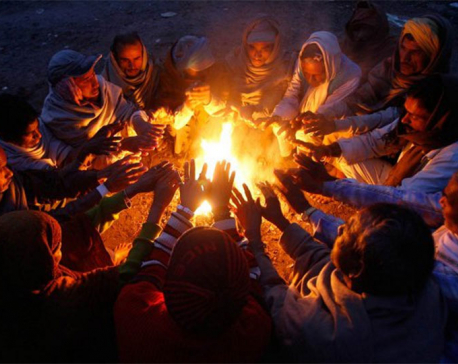
Preventing Cold Wave Deaths
Winter for Nepalis is all about biting cold, more so for those who lack roofs over their heads and enough... Read More...

Kathmandu Valley experiences increase in cold today
KATHMANDU, Nov 18: According to the Department of Hydrology and Meteorology, the partial effect of the low pressure area formed... Read More...

Searching for bright future under tin-roofed hut
NUWAKOT, Nov 25: The students of an earthquake-ravaged school in Nuwakot have been braving the unforgiving cold of winter, the... Read More...
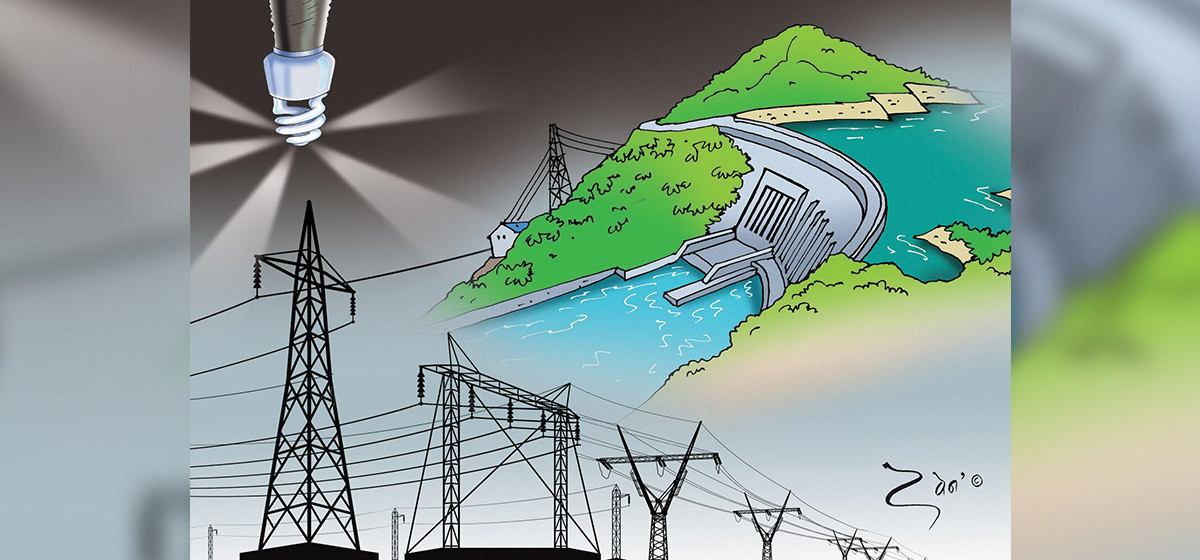
-1200x560-wm_20240503161056.jpg)



-1200x560-wm_20240503161056.jpg)
Just In
- Over two dozens bills stalled in previous parliamentary session yet to be registered for deliberation
- Japanese Foreign Minister Yoko Kamikawa to visit Nepal on Sunday
- Cabinet transfers six secretaries
- KMC’s 35-day ultimatum to RB Complex and People's Plaza to settle outstanding taxes
- Govt reduces fiscal equalization grant by Rs 317.4 million in Makwanpur
- Govt approves proposal to feature new Nepal map that includes Kalapani, Lipulekh and Limpiyadhura on 100 rupee note
- Madhesh: LSP’s provincial assembly member Abhiram Sharma suspended
- Flight operations again halted at PRIA on Friday



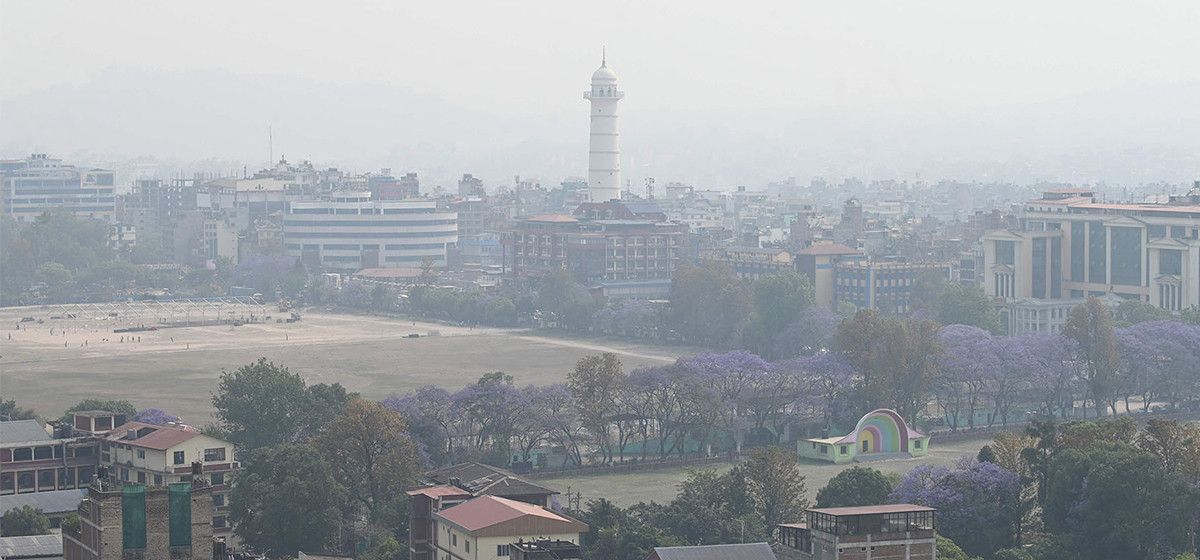



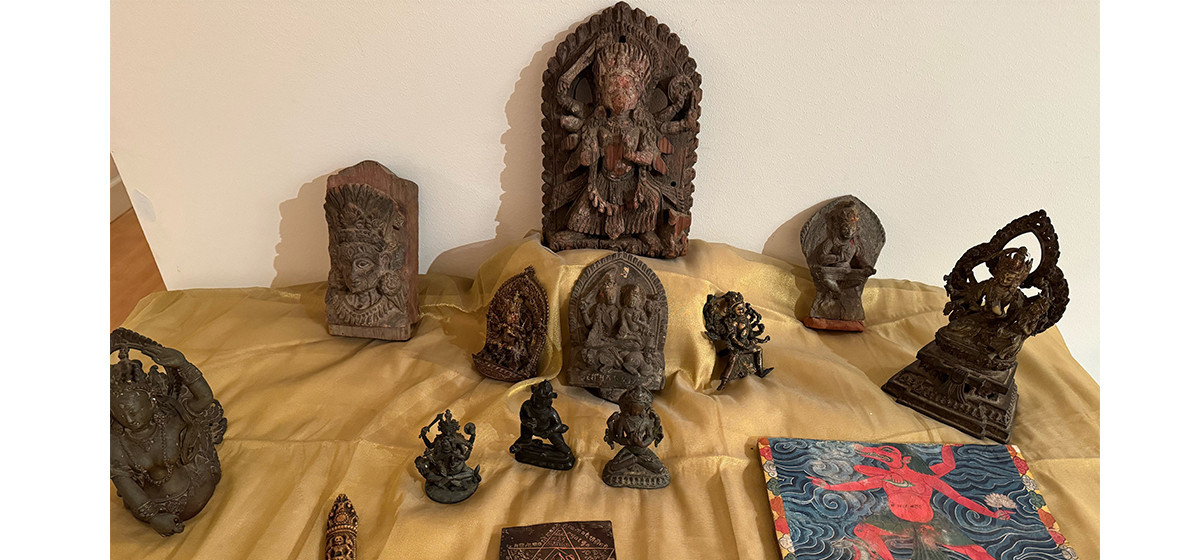




Leave A Comment